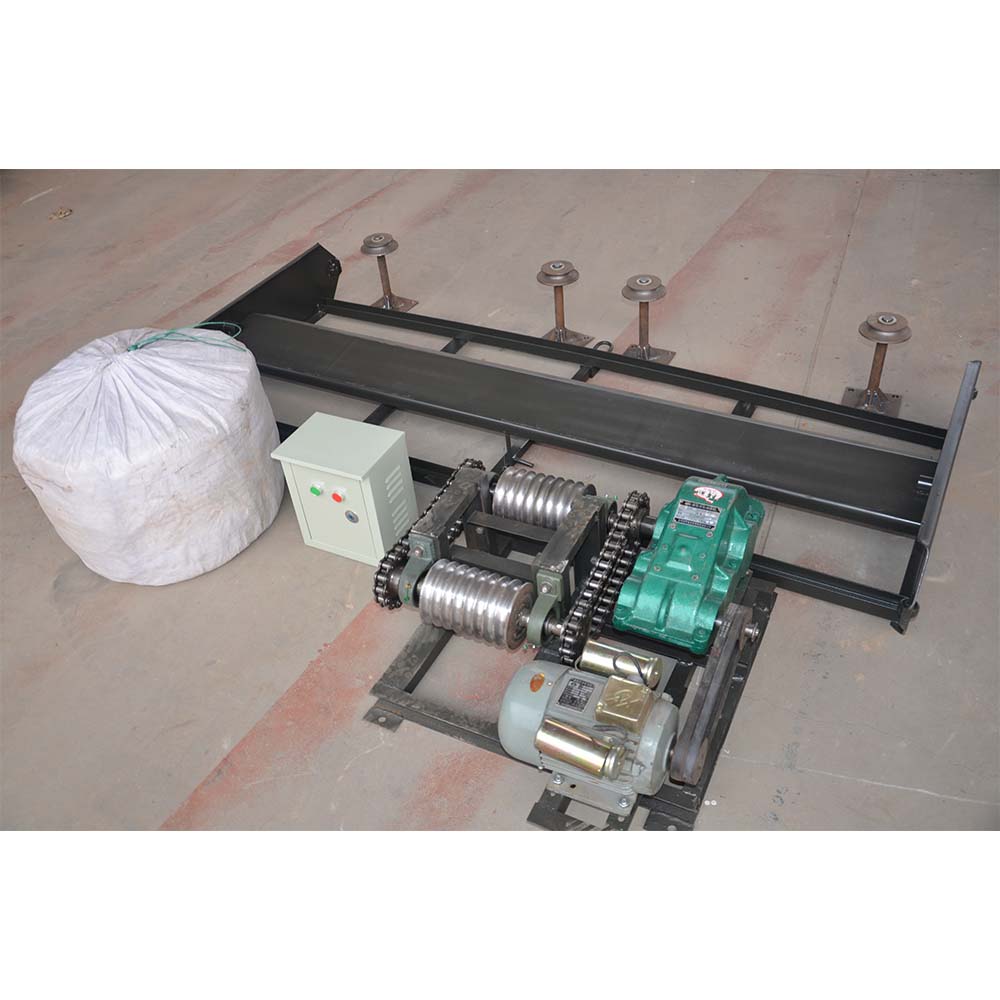Efficient Animal Feed Pellet Production Equipment for Enhanced Livestock Nutrition and Performance
Aug . 09, 2024 02:55 Back to list
Efficient Animal Feed Pellet Production Equipment for Enhanced Livestock Nutrition and Performance
The Importance of Pellet Making Machines for Animal Feed
In the modern agricultural landscape, animal husbandry plays a vital role in meeting the nutritional needs of the growing global population. One of the most crucial aspects of animal husbandry is the quality of feed provided to livestock. To ensure optimal health and productivity, farmers have turned to pellet making machines, which have revolutionized the production of animal feed. This article explores the significance of pellet making machines in the animal feed industry, their advantages, and their impact on livestock health and growth.
The Role of Pellet Making Machines
Pellet making machines are specialized equipment that compress raw feed ingredients into uniform pellets. This process involves grinding the ingredients into a meal, conditioning them with steam and moisture, and then forcing them through a die to create pellets of specific sizes. These machines can handle a variety of materials, including grains, soy meal, vitamins, and minerals, making them versatile and essential tools in feed production.
Advantages of Pelleted Feed
1. Improved Digestibility One of the primary benefits of pelleted feed is its increased digestibility. The pelleting process breaks down the feed ingredients, making it easier for animals to digest and absorb nutrients. This is particularly important for young or growing animals, where efficient nutrient uptake can significantly influence growth rates and overall health.
2. Reduced Waste When feed is offered in a loose form, animals often pick through it, leading to considerable waste. Pelleted feed minimizes this waste by providing a compact, uniform formulation that animals cannot selectively consume. As a result, farmers can achieve better feed-to-growth ratios and improve their overall feed efficiency.
pellet making machine for animal feed

3. Enhanced Nutritional Value Pelleting helps to retain essential nutrients that might otherwise be lost in traditional feed forms. Additionally, the process can integrate specific supplements or additives directly into the pellets, ensuring that animals receive a balanced diet tailored to their needs.
4. Improved Storage and Handling Pellets are easier to store and transport compared to loose feed ingredients. They take up less space, are less prone to spoilage, and can be handled efficiently using standard agricultural equipment. This convenience makes it simpler for farmers to manage their feed inventories and maintain quality.
5. Better Palatability The conditioning and heating that occurs during the pelleting process can enhance the flavor and aroma of the feed, making it more appealing to animals. This increased palatability encourages higher feed intake, which is crucial for optimum growth and productivity.
Economic Benefits
Investing in a pellet making machine can yield significant economic benefits for farmers. By producing their own feed pellets, they can reduce dependence on commercial feed suppliers, ensuring higher profit margins. Moreover, the ability to customize feed formulations allows farmers to respond to the specific nutritional needs of their animals, leading to improved livestock growth rates and productivity.
Conclusion
In conclusion, pellet making machines play an indispensable role in the animal feed industry. They enhance the digestibility and nutritional quality of feed while reducing waste and improving storage efficiency. As global demand for livestock products continues to rise, the importance of high-quality feed cannot be overstated. By utilizing pellet making machines, farmers can ensure their animals receive the best nutrition possible, ultimately leading to healthier herds and improved economic returns. The future of animal husbandry is undoubtedly tied to the advancements in feed technology, with pellet making machines at the forefront of this evolution.
-
Hot Sale 24 & 18 Door Rabbit Cages - Premium Breeding Solutions
NewsJul.25,2025
-
Automatic Feeding Line System Pan Feeder Nipple Drinker - Anping County Yize Metal Products Co., Ltd.
NewsJul.21,2025
-
Automatic Feeding Line System Pan Feeder Nipple Drinker - Anping County Yize Metal Products Co., Ltd.
NewsJul.21,2025
-
Automatic Feeding Line System - Anping Yize | Precision & Nipple
NewsJul.21,2025
-
Automatic Feeding Line System - Anping Yize | Precision & Nipple
NewsJul.21,2025
-
Automatic Feeding Line System-Anping County Yize Metal Products Co., Ltd.|Efficient Feed Distribution&Customized Animal Farming Solutions
NewsJul.21,2025






